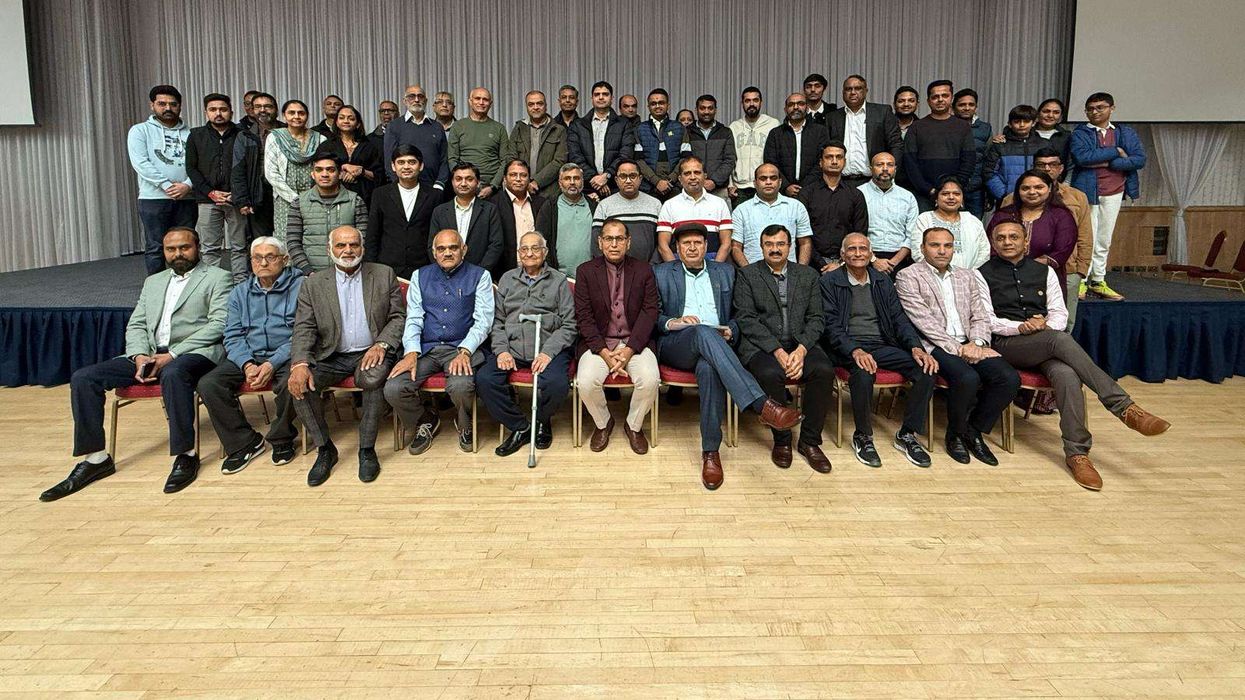FROM AWARDS TO ZERO AND EVERYTHING IN BETWEEN, WHY SHAH RUKH HAS RULED BOLLYWOOD
THIS week marks the 30th film anniversary of Shah Rukh Khan.
Hindi cinema’s biggest global star of the modern era made his big screen debut on June 25, 1992, in hit romantic drama Deewana. He went onto forge one of the most successful film careers in history with iconic work that changed the Bollywood landscape forever.
To celebrate 30 years of the man affectionately known as King Khan, Eastern Eye put together an all-you-need-to-know, alphabetical guide to his stunning cinema career.
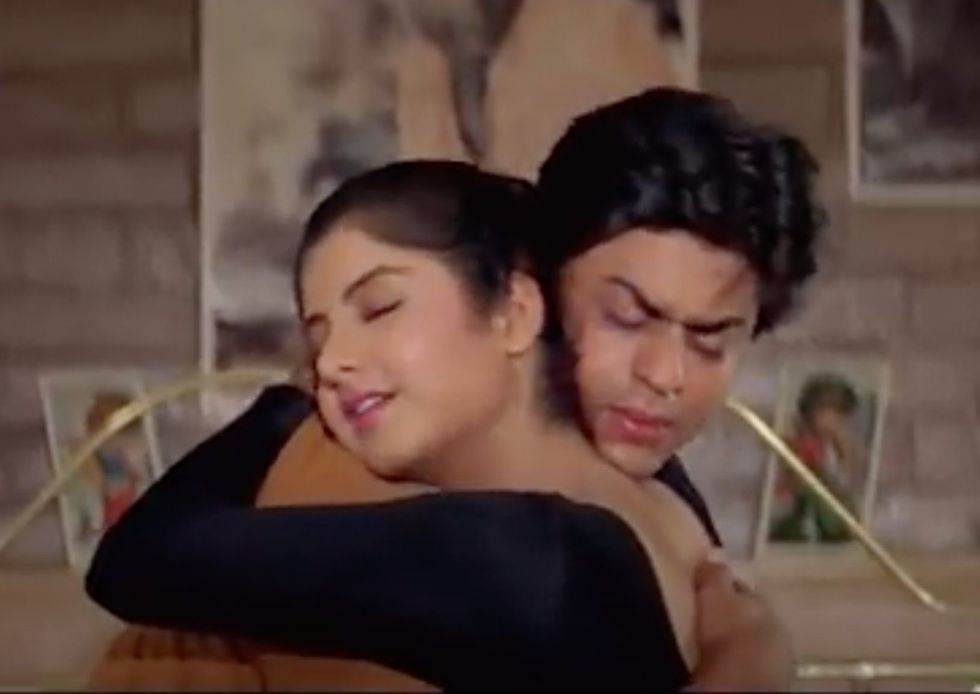
A is for Awards: Shah Rukh has won many prestigious honours across the years, but perhaps the most special is his Filmfare Award for Best Male Debut in Deewana (1992). After a successful television career, he made his cinema debut in the romantic drama alongside Rishi Kapoor and Divya Bharti, and immediately proved that he had real star quality.
B is for Break: After a steady start to his career, the actor got two lucky breaks that would change his life forever. Aamir Khan walking out of Darr (1993) and Salman Khan rejecting Baazigar (1993) opened the door for him to step into these films. Shah Rukh gained global attention with villainous turns in both movies, and became a name to be reckoned with.
C is for Chalte Chalte: After two box-office failures with decent efforts – Phir Bhi Dil Hai Hindustani (1999) and Asoka (2001) – he scored his first commercial success as a producer with Chalte Chalte (2003). Aishwarya Rai had been ejected from the film after an alleged on-set altercation between Shah Rukh and her then boyfriend Salman Khan, and Rani Mukerji stepped in to save the romantic drama.
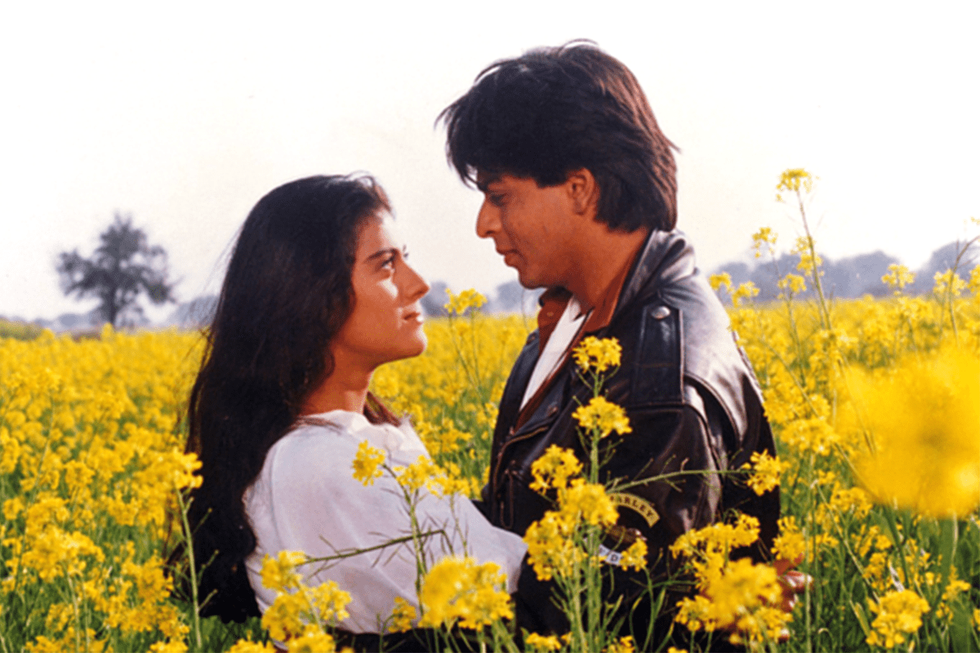
D is for Dilwale Dulhania Le Jayenge: The recordbreaking 1995 release turned Shah Rukh into the undisputed king of Bollywood. It established him as a global superstar, and also gave him the crown of the king of romance (see R). The film connected with cross-generational audiences in a way no Hindi movie had ever done before. Younger audiences related to the protagonists, while older viewers loved the message of family values.
E is for Early gems: Modern-day audiences know the actor for his global blockbusters, but he had some great early gems that perhaps don’t get the credit they deserve, including Raju Bangaya Gentleman (1992), Chamatkar (1992) and Kabhi Haan Kabhi Naa (1994).
F is for Forthcoming: Shah Rukh will make an eagerly awaited return as a leading man in 2023 with hotly anticipated films Pathan, Jawan and Dunki. Before that, fans can see him in cameo appearances in 2022 releases Rocketry: The Nambi Effect, Laal Singh Chaddha and Brahmastra Part One: Shiva.
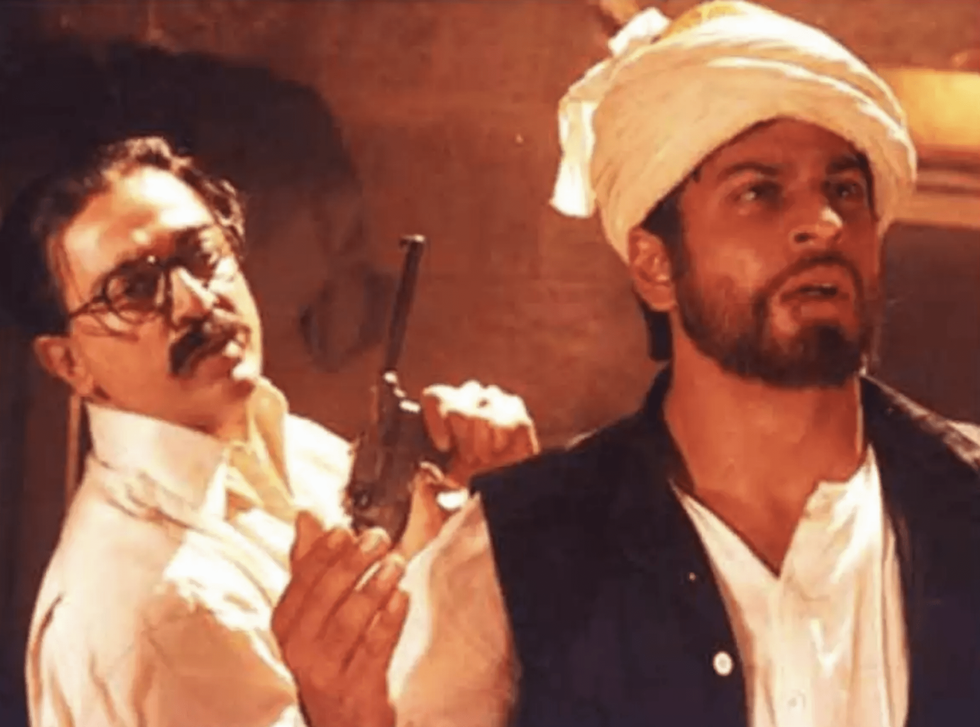
G is for Guest appearances: The actor has done multiple guest appearances and cameos in movies over the years. Perhaps his most memorable supporting roles were his winning turns in Hey Ram (2000) and Saathiya (2002), which helped give both films added weight.
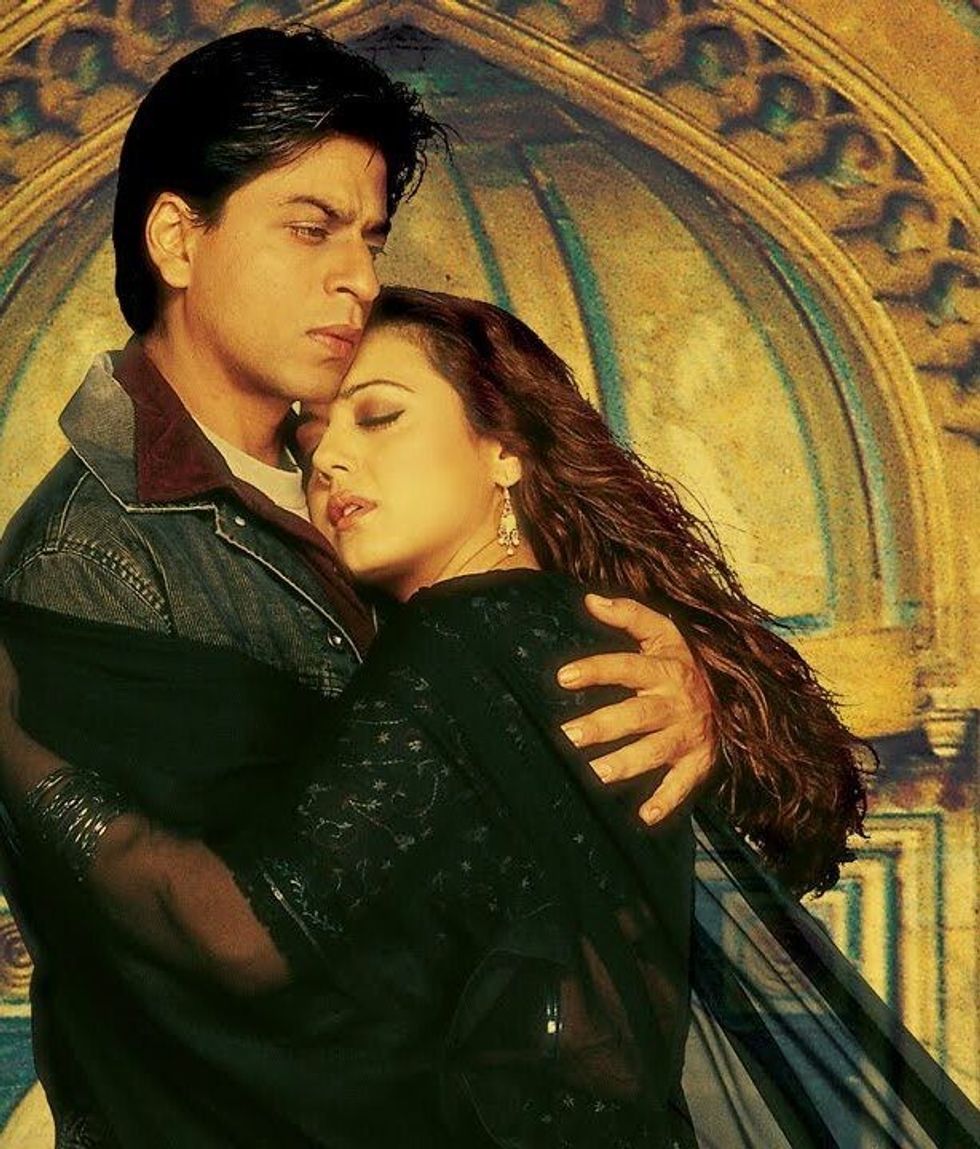
H is for Hits: The superstar has had several blockbuster hits throughout his career. These include highest grossers of the year globally, Dilwale Dulhania Le Jayenge (1995), Dil To Pagal Hai (1997), Kuch Kuch Hota Hai (1998), Mohabbatein (2000), Kabhi Kushi Kabhie Gham (2001), Devdas (2002), Kal Ho Naa Ho (2003), Veer-Zaara (2004), Kabhi Alvida Naa Kehna (2006) and Om Shanti Om (2007).
I is for introducing: Whether it was Aditya Chopra, Karan Johar, Farah Khan, Aziz Mirza or Nikhil Advani, there have been a number of top filmmakers who made their directorial debut with Shah Rukh. Leading ladies including Deepika Padukone, Anushka Sharma and Mahima Chaudhary also began their Bollywood careers opposite him.
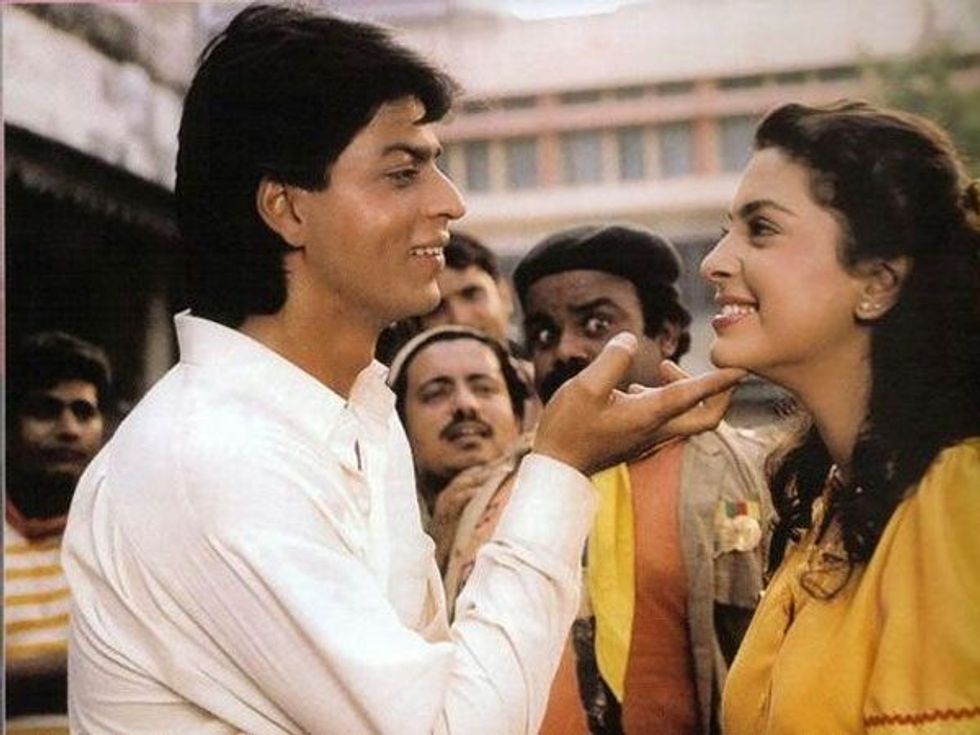
J is for Juhi Chawla: The leading lady with whom the actor has always had the strongest personal connection is Juhi Chawla. She was cast opposite him in his first solo lead film Raju Bangaya Gentleman and star-making role in Darr. They later started a production company together and had other film successes like Yess Boss (1997). He has admitted to learning a lot from her, including comic timing.
K is for Karan Johar: Today Karan Johar is one of the most powerful filmmakers in Bollywood, but his banner Dharma Productions has largely been built on the success of films starring Shah Rukh. Blockbusters like Kuch Kuch Hota Hai, Kabhi Kushi Kabhie Gham, Kabhi Alveda Na Kehna and My Name Is Khan (2010) headlined by the actor helped established the banner.
L is for Leading ladies: Shah Rukh has had huge successes with all the biggest-name leading ladies of the modern era, including Madhuri Dixit, Rani Mukerji, Deepika Padukone, Juhi Chawla, Preity Zinta and Anushka Sharma, but perhaps the one the actor is most associated with is Kajol. Their chemistry across multiple box-office hits turned them into one of the greatest on-screen couples in Hindi cinema history.
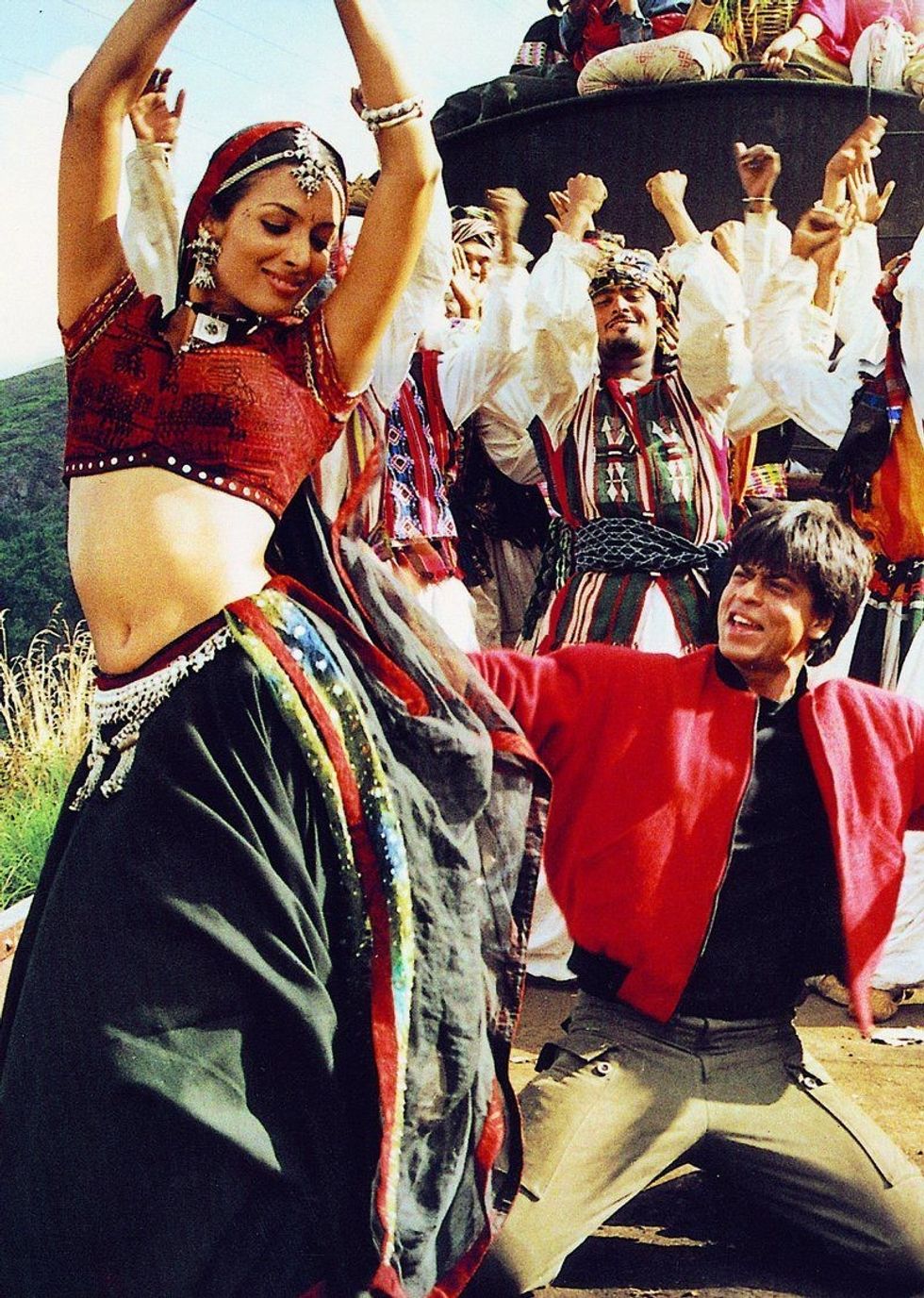
M is for Music: He may not be the best dancer in Bollywood, but that hasn’t stopped Shah Rukh from being one of the greatest performers of a Bollywood musical number. This star presence in Hindi film songs has resulted in some of the greatest music moments of all time, ranging from the train-top Chaiyya Chaiyya in Dil Se (1998) and the topless dance number Dard-e-Disco in Om Shanti Om to slow romantic tunes like the Egypt-set Kabhi Kushi Kabhie Gham song Suraj Hua Maddham.
N is for No: Being heavily in demand has meant the actor has rejected a lot of films in his career, which includes some that went on to be game-changers for other actors. Some of the blockbusters where he was first choice include Lagaan (2001), Munnabhai MBBS (2003), Kaho Naa Pyaar Hai (2000), 3 Idiots (2009) and Anil Kapoor’s role in Oscar-winning film Slumdog Millionaire (2008). He has also reportedly rejected multiple offers from Hollywood across the years.
O is for Om Shanti Om: Apart from being by far the highest grossing Bollywood film of 2007, the musical drama had other interesting achievements including breaking the record for most celebrities in a single song, a blockbuster soundtrack and being made into a Japanese stage musical. It also introduced current queen of Bollywood Deepika Padukone, and showed Shah Rukh with a six-pack for the first time.
P is for Production house: The actor had initially started the production company Dreamz Unlimited with Juhi Chawla, but after that went under, he founded the more successful Red Chillies Entertainment with his wife Gauri Khan in 2003. The studio’s activities include production, creative development, marketing, distribution, licensing, merchandising and film syndication. It has also become the leading go-to VFX company in Bollywood.
Q is for Quotes: Having iconic hits means the actor has delivered many memorable movie quotes over the years. Some of the most popular include “I love you KKK…Kiran” (Darr), “My name is Khan and I am not a terrorist” (My Name Is Khan) and “Bade bade deshon mein aaisi choti choti baatein, hoti rehti hai” (in big big cities these small things happen) from Dilwale Dulhania Le Jayenge. There are also his unforgettable speeches, including a marvellous monologue about his best friend in Billu (2009).
R is for Romance: Although Shah Rukh has consistently tried to escape the tag, he is seen as the undisputed king of Bollywood romances. This is the result of a series of stunning romance-infused performances in films like Dilwale Dulhania Le Jayenge, Dil To Pagal Hai, Kuch Kuch Hota Hai, Kal Ho Naa Ho, Veer-Zaara and many more.
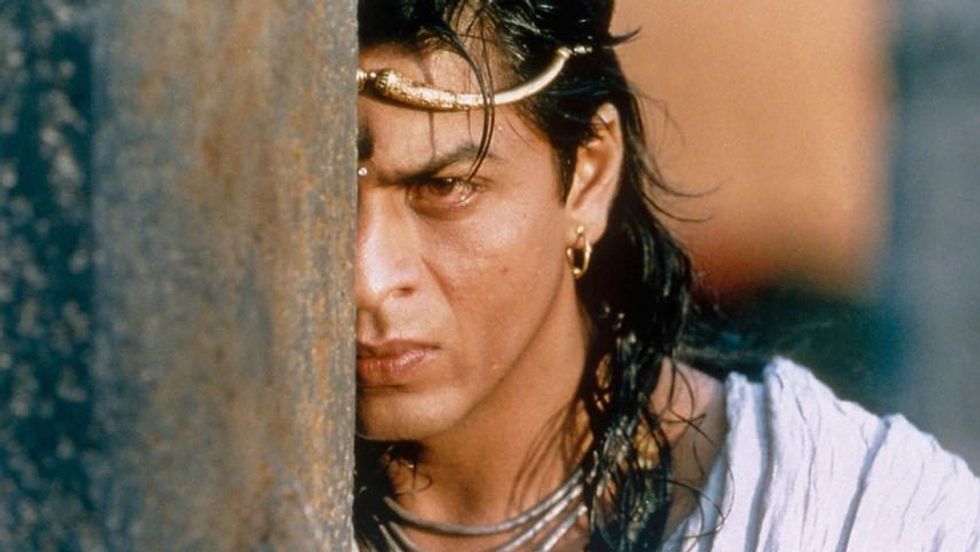
S is for Setbacks: The actor has had his share of disappointments in his career, with some films failing at the box office. But even those that haven’t done well have unforgettable moments featuring the star, whether it is Akon delivering a song in Ra.One (2011), the romantic number Gerua, beautifully picturised in Iceland, from Dilwale (2015), and brilliant performances in films like Asoka (2001).
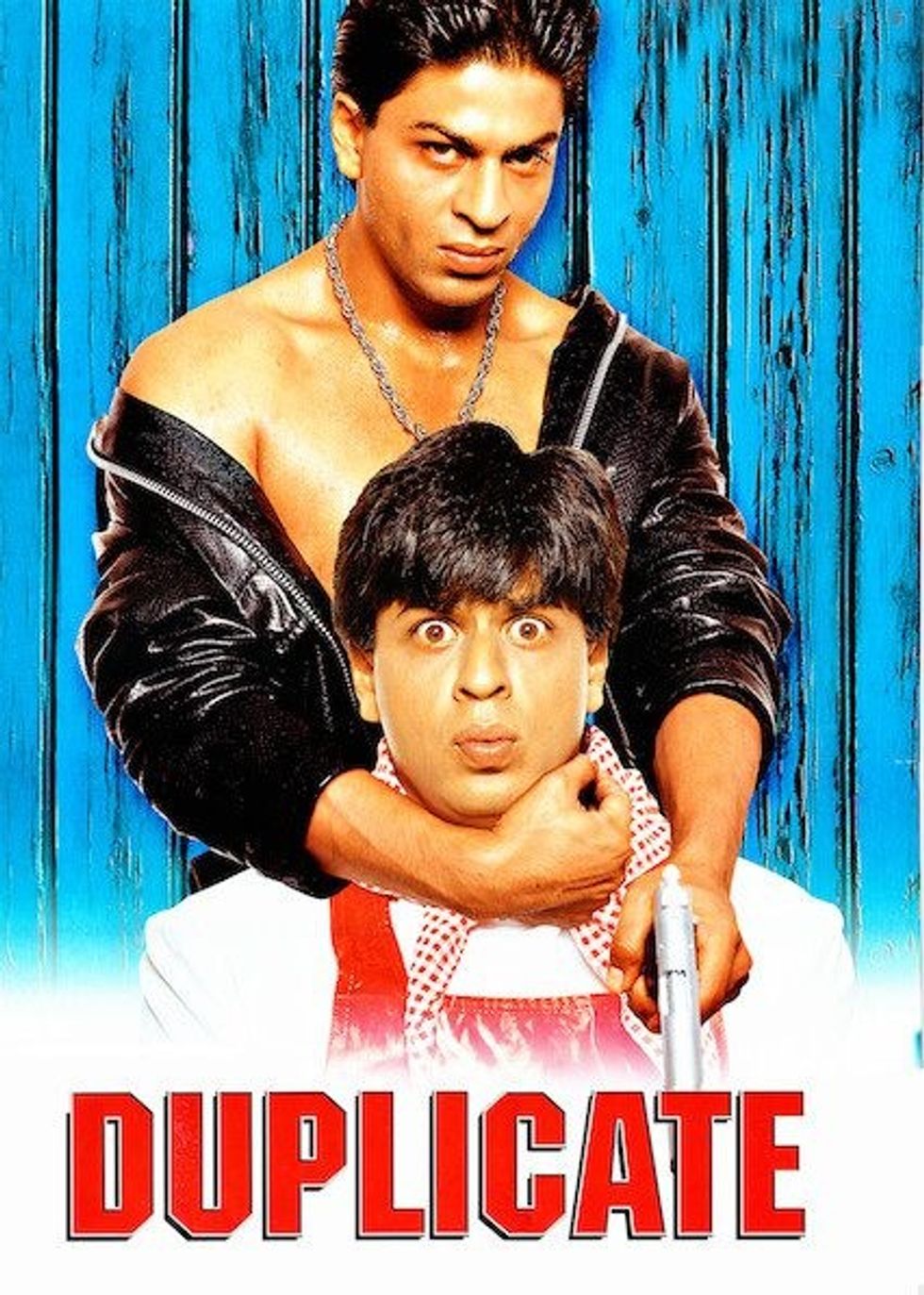
T is for Twice as nice: The actor has played a variety of double roles in films that include Karan Arjun (1995), Duplicate (1998), Paheli (2005), Don: The Chase Begins (2006) and Fan (2016).
U is for UK box office: A number of Indian films have featured in UK box-office charts over the years, but the first to officially do so was his powerful drama Dil Se. The film’s remarkable international success opened doors for Hindi cinema globally.
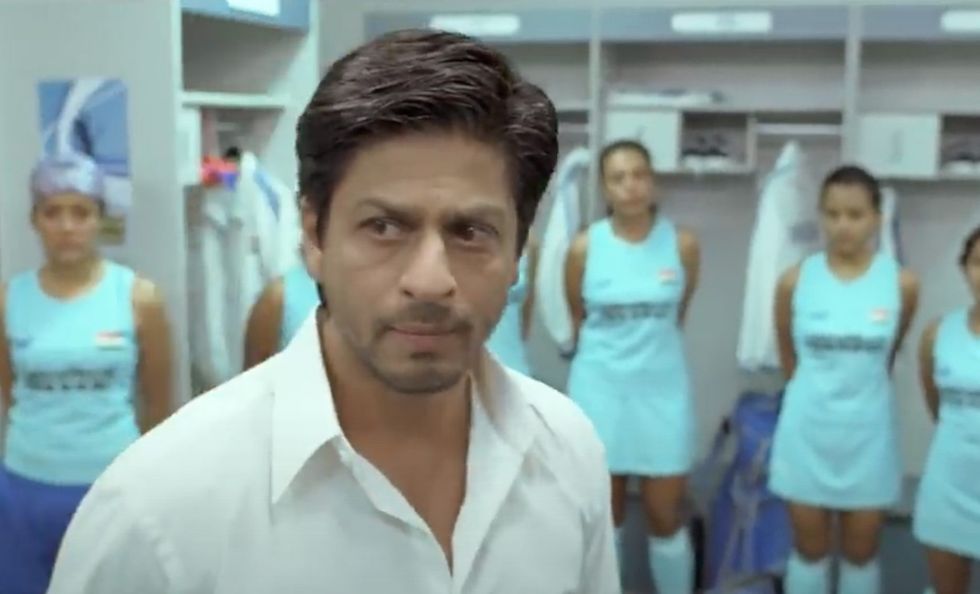
V is for Victory: The actor has had countless wins throughout his career, but the greatest onscreen victory came in inspiring drama Chak De India (2007). It was such a success that the title track remains a huge sports anthem in India.
W is for Winning speeches: Being a master of delivering monologues has been a hallmark of Shah Rukh’s performances. These have ranged from romantic dialogues to explaining why family is important, but among the best ones is his motivational speech to the women’s hockey team in Chak De India.
X is for X-rated: Perhaps Shah Rukh’s biggest regret in his career is agreeing to do an X-rated scene in Maya Memsaab (1993), where he exposes his backside in a love scene with a topless co-star. He would later buy the film’s rights and edit out the raunchy scene. After that he refused to even kiss on screen for many years, but finally relented when he locked lips with Katrina Kaif in Jab Tak Hai Jaan (2012).

Y is for Yash Chopra: Although he has worked with top filmmakers, the one Shah Rukh has the strongest association with is the late Yash Chopra, who helped turn him into a star with films he produced and directed including Darr, Dilwale Dulhania Le Jayenge, Dil To Pagal Hai and Veer Zaara. In fact, Chopra’s final four directorial efforts all starred the actor.
Z is for Zero: Although 2018 film Zero didn’t do well, his portrayal of a loveable dwarf demonstrated how fearless the superstar has always been in his willingness to expand the horizons of Hindi cinema. This approach turned him into the biggest global Indian movie icon of the modern era, and for that we salute his 30 years of excellence.
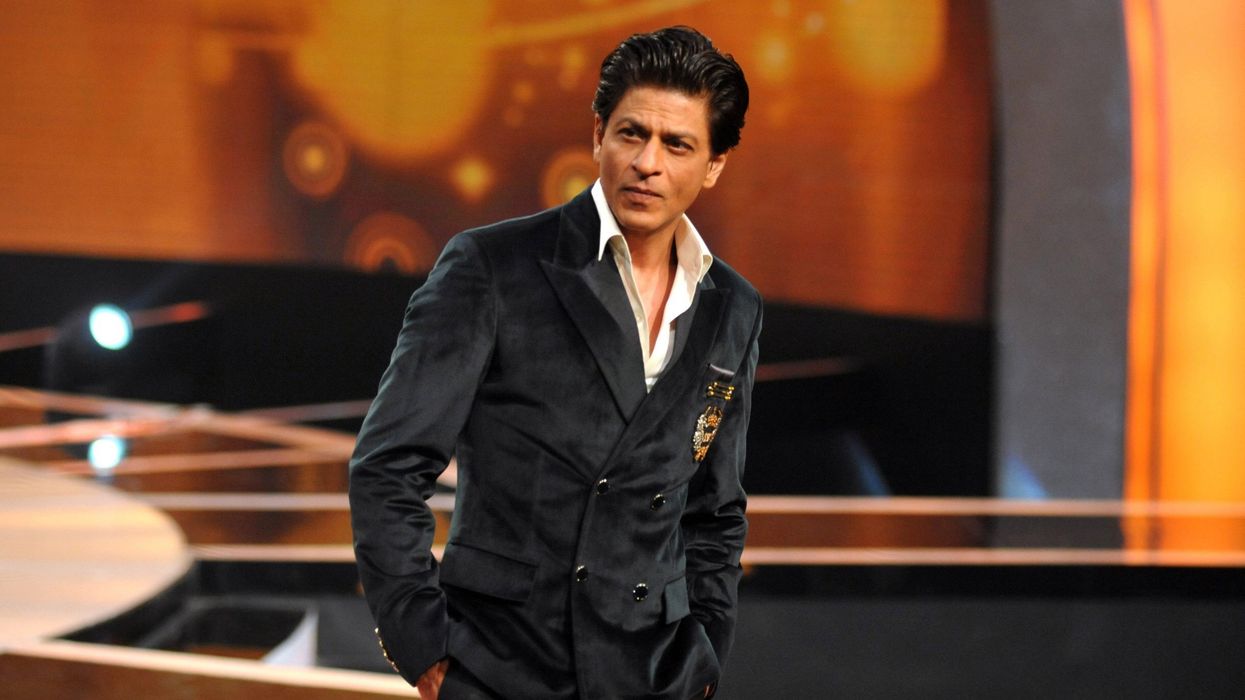
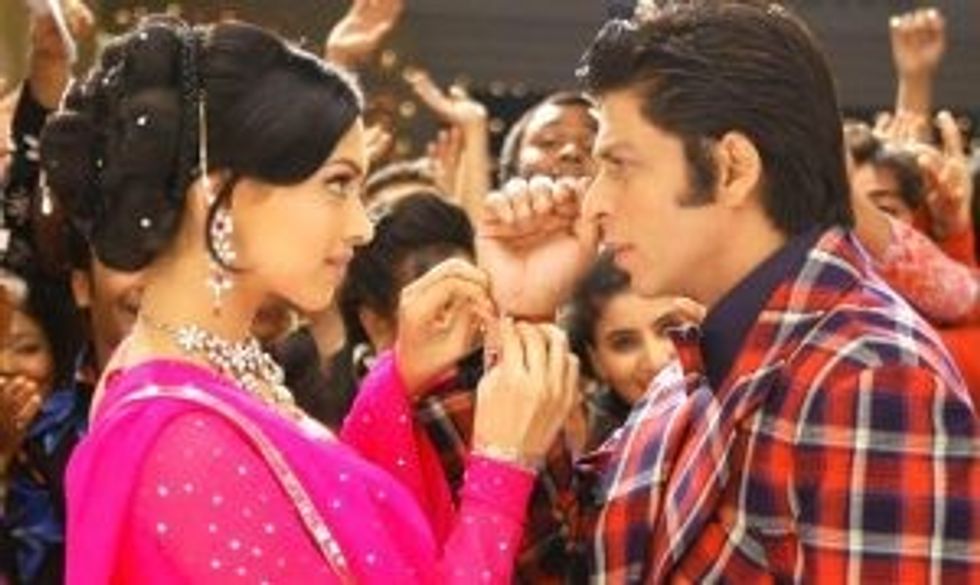




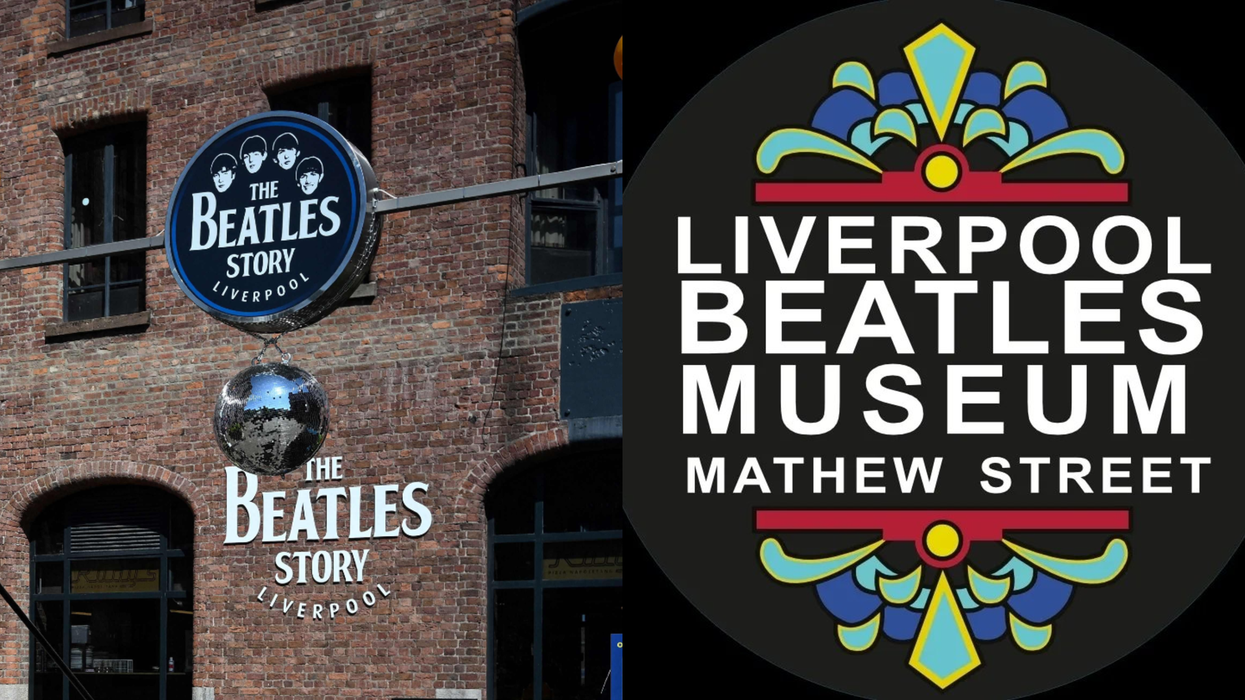
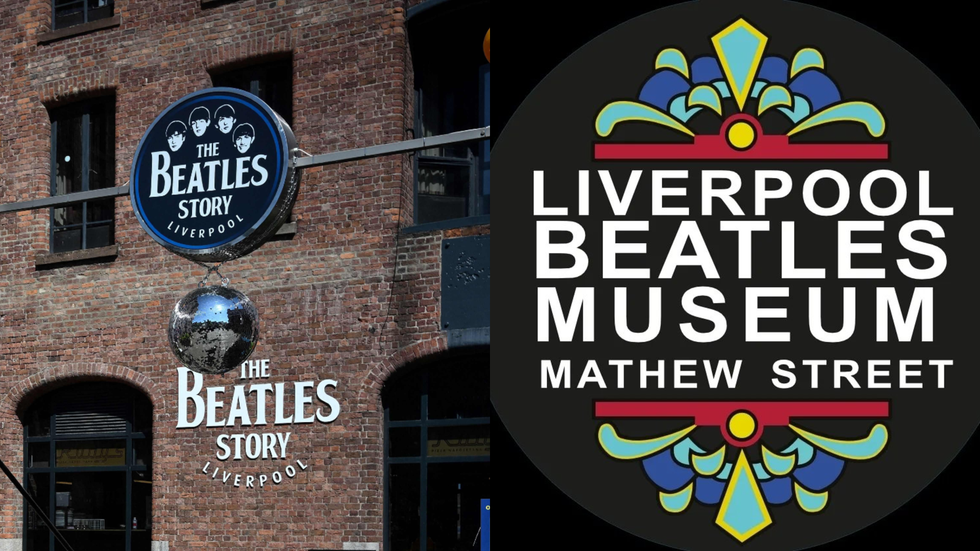 Liverpool Beatles Museum honours city’s overlooked heroes Getty Images/ Instagram/liverpoolbeatlesmuseum
Liverpool Beatles Museum honours city’s overlooked heroes Getty Images/ Instagram/liverpoolbeatlesmuseum 





